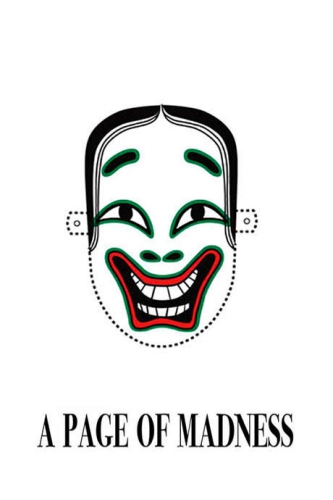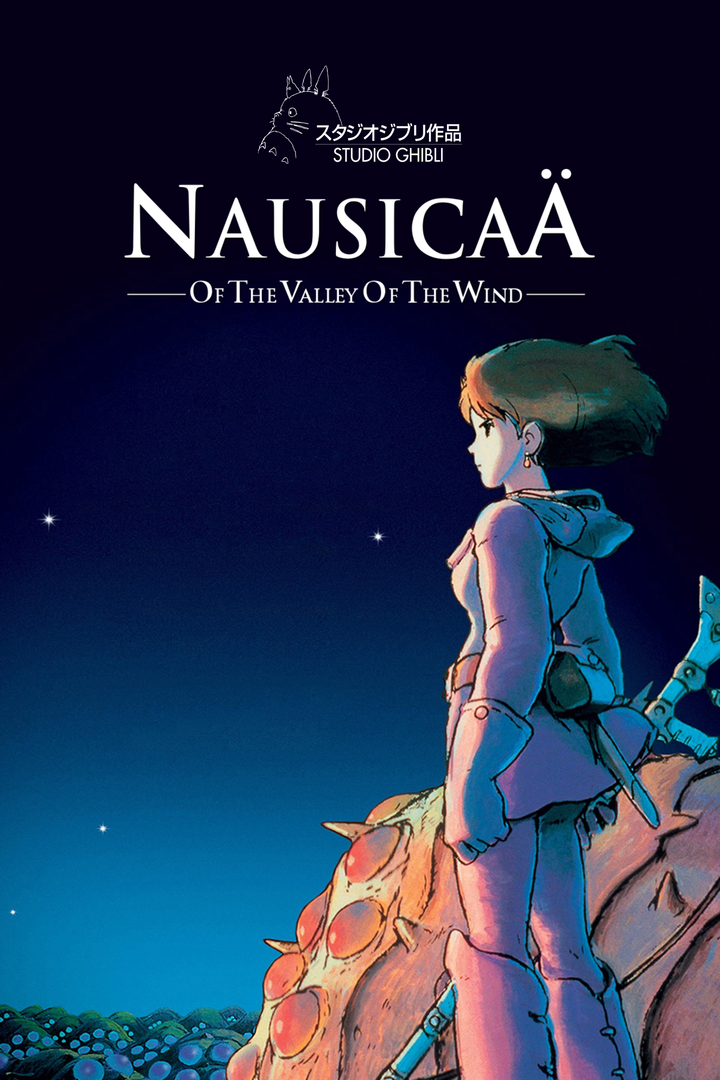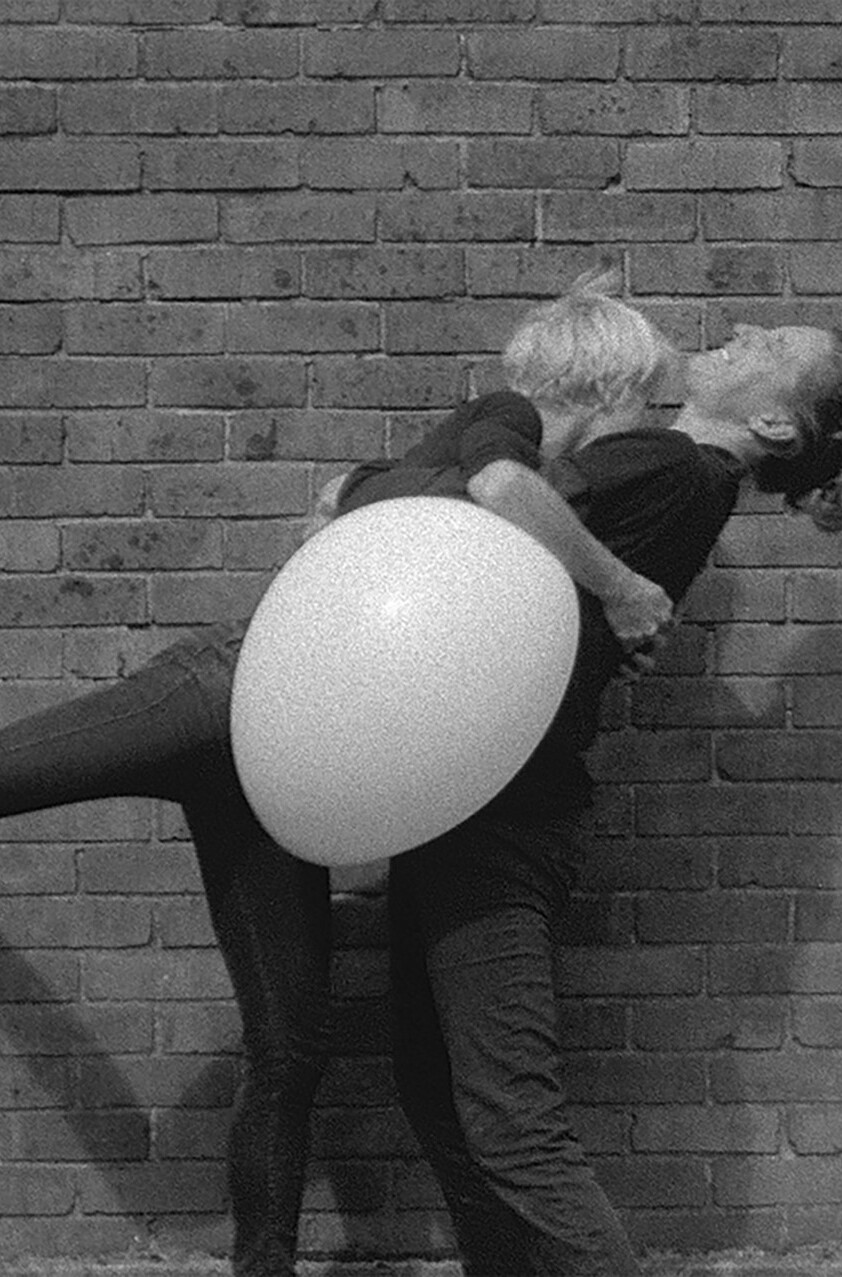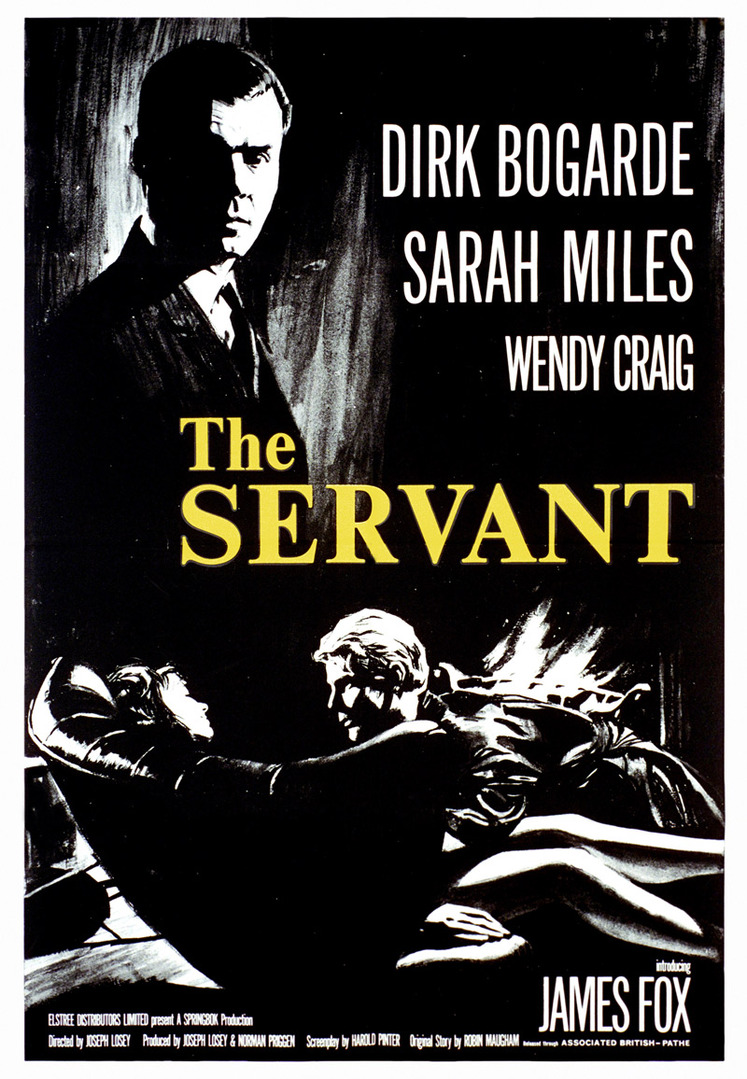A Page of Madness
Keeping silent cinema alive, showing the films of the era at the right speed and in their original image format, and having a pianist accompany them with respect, is all part of the normal work of a film library. But at a time when electronics is offering filmmakers new ways of making their images, it is even more relevant to periodically recall how eloquent were the images of the so-called silent era of film history. Silent cinema is therefore an essential component of the Cinémathèque's programming. And it is not a bad thing to remember that these are the works and filmmakers who made modern cinema possible, not to mention that it is always pleasant to be able to return for a few hours to the era of images that speak.
Accompanied on the piano by Gabriel Thibaudeau and on the violin by Silvia Mandolini
The janitor of an asylum watches over his wife, who is one of the patients. When their daughter comes to announce her engagement, different memories emerge from the past, events come to a head and chaos ensues. Created in 1926 by a group of Japanese avant-garde artists, A Page of Madness was lost for 45 years before being rediscovered by Kinugasa at the bottom of his garden. Its radical style has since made it a masterpiece of silent cinema.

Teinosuke Kinugasa
Teinosuke Kinugasa was a Japanese filmmaker and actor. He began his career as an onnagata (actor specializing in female roles) in kabuki theater, and then in cinema at the Nikkatsu studio. When Japanese cinema began using actresses in the early 1920s, he switched to directing and worked for producers such as Shōzō Makino, before becoming independent to make his best-known film, A Page of Madness (1926). It was considered lost for 45 years until the director rediscovered it in his shed in 1971. A silent film, Kinugasa released it with a new print and score to world acclaim. He also directed the film Crossroads in 1928. He directed jidaigeki at the Shochiku studios, where he helped establish the career of Kazuo Hasegawa. In 1953, he moved to Hollywood to study various color processes and the virtues of widescreen. He directed Daiei's first color film, the historical drama Gate of Hell (1953), which won the Palme d'or at the 1954 Cannes Film Festival and the Academy Award for Best International Feature Film.





